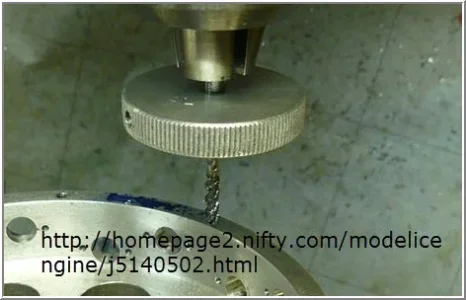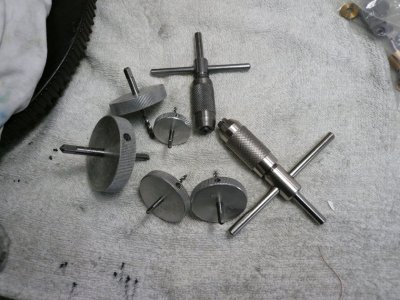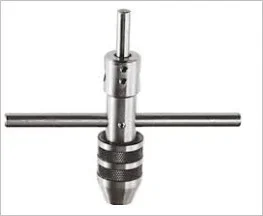DPittman
Ultra Member
I'm sure I must be missing something here...
All but my smallest taps have a centering hole that you can use a centre on to make sure they are straight. However the smallest ones are ground to a centre point themselves....how does one use that? And why wouldn't they just keep a centre hole on them all???
Don
All but my smallest taps have a centering hole that you can use a centre on to make sure they are straight. However the smallest ones are ground to a centre point themselves....how does one use that? And why wouldn't they just keep a centre hole on them all???
Don




